
Cung Le is famous for his powerful kicks - Photo: XN
Cung Le's famous kick
In 1999, Cung Le caused a sensation in the martial arts world when he defeated his Chinese opponent Na Shun in a fight in Honolulu, USA. The fight took place in the San Shou Kickboxing ring.
Not only did Cung Le dominate the fight, but he also created a spectacular display with his finishing move. A flying kick, his legs cutting through like scissors, sent Na Shun crashing to the floor amidst thunderous cheers.
Unlike the familiar roundhouse kicks, low kicks, or straight kicks in Muay Thai or kickboxing, the scissor kick (or scissor takedown) belongs to the rare set of techniques in sanda - a Chinese martial art that combines punches, kicks, and grappling.
Cung Le, with a background in sanshou (a combat sports version of sanda), had perfected this technique many years before bringing it to the international arena.
In that famous strike, he launched himself toward his opponent with one leg hooking up to his upper body and the other sweeping down to his hip. The power and precision left his opponent no time to react. Immediately after the takedown, Cung Le lunged forward with a series of punches, forcing the referee to stop the fight.
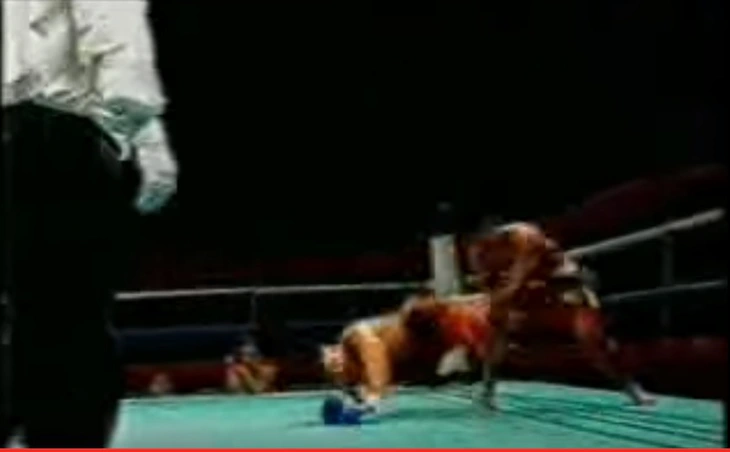
The moment Cung Le tackled Na Shun - Photo: SCREENSHOT
That moment was not only a victory for Cung Le, but also a rare testament to the effectiveness of a technique that has almost been lost in modern boxing.
The scissor kick originated from traditional martial arts such as Chinese Kung Fu, some ancient Japanese forms (specifically judo and jiu-jitsu with the kani basami kick), and was later developed in modern Sanda.
Lost secret technique
However, this technique requires extremely high technical skill – the fighter must be able to jump powerfully, control their center of gravity, and combine both feet at the right time to create a "pull" force that causes the opponent to lose balance.
Although it once helped many fighters like Cung Le make their mark, the scissor kick has almost disappeared from professional boxing rings today.
One of the main reasons is the extreme danger involved – not only for the person being struck but also for the person delivering the blow.
In modern grappling or jiu-jitsu matches, a similar technique called kani basami has been banned in many prestigious tournaments such as the IBJJF due to the risk of serious injuries, including fibula fractures, knee ligament tears, and even spinal damage.
In a famous accident in 2011, wrestler Takashi Sugiura suffered a complete leg fracture after taking a similar blow from an opponent, prompting the martial arts community to begin questioning the safety of this technique.
Even for the user, the scissor kick carries inherent risks. A mistimed jump or loss of control in mid-air can put the fighter in a disadvantageous position, result in a reverse lock, or cause self-injury.
In modern MMA, where pragmatic fighting and risk control are prioritized, it's rare for fighters to risk using this move. Fighters like Cung Le – who dared to bring that technique to the ring – are rare exceptions in history.
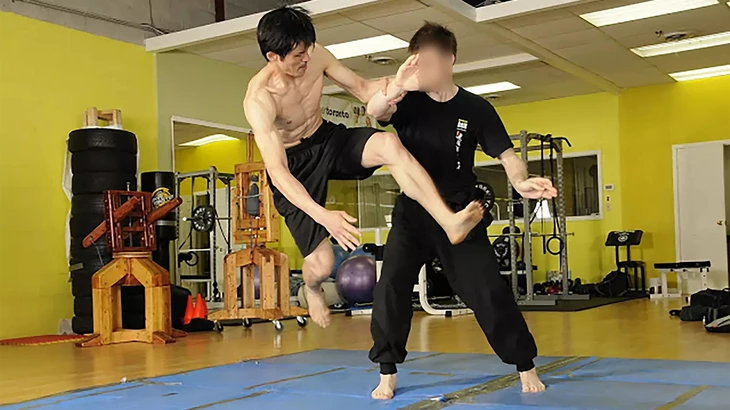
This stone-throwing technique is almost extinct - Photo: PN
The effectiveness of the scissor kick, if executed correctly, is undeniable. According to kinematic analysis, this is a move capable of instantly knocking down an opponent, leaving almost no effective defense once caught in the "pull" range.
However, its difficulty in execution and the risk of injury make it a double-edged sword. Therefore, while kicks like the low kick, roundhouse kick, and front kick are increasingly improved and used commonly in MMA and kickboxing, the scissor kick is gradually being relegated to the category of "dangerous but not recommended" techniques.
From a historical perspective, the scissor kick has appeared in many East Asian martial arts traditions, but it wasn't until the era of modern martial arts exchange in the late 20th century that it appeared in international arenas.
People like Cung Le have taken this technique beyond the realm of performance, proving that it's capable of defeating strong opponents in real combat.
However, times have changed, competition rules have become stricter, and coaches tend to focus on techniques with higher success rates – all of these factors have made this technique seem out of place in the modern boxing ring.
Source: https://tuoitre.vn/don-cat-keo-tuyet-ky-that-truyen-tung-khien-lang-vo-trung-quoc-run-so-20250715103210698.htm


![[Photo] Closing Ceremony of the 10th Session of the 15th National Assembly](/_next/image?url=https%3A%2F%2Fvphoto.vietnam.vn%2Fthumb%2F1200x675%2Fvietnam%2Fresource%2FIMAGE%2F2025%2F12%2F11%2F1765448959967_image-1437-jpg.webp&w=3840&q=75)


![[Photo] Prime Minister Pham Minh Chinh holds a phone call with the CEO of Russia's Rosatom Corporation.](/_next/image?url=https%3A%2F%2Fvphoto.vietnam.vn%2Fthumb%2F1200x675%2Fvietnam%2Fresource%2FIMAGE%2F2025%2F12%2F11%2F1765464552365_dsc-5295-jpg.webp&w=3840&q=75)






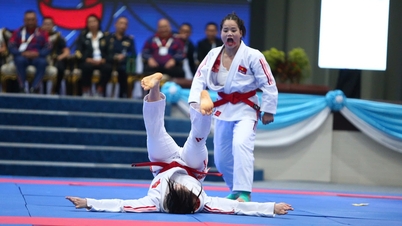

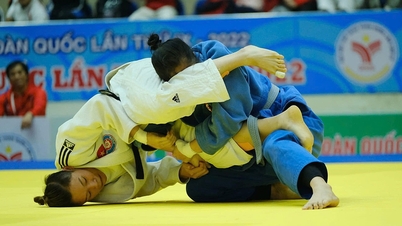

















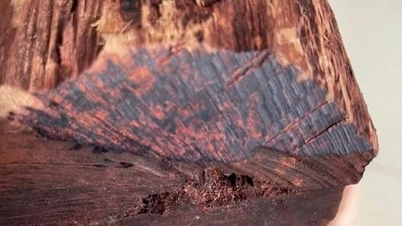




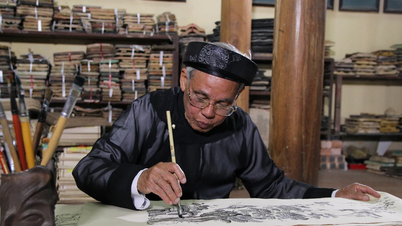

















![[OFFICIAL] MISA GROUP ANNOUNCES ITS PIONEERING BRAND POSITIONING IN BUILDING AGENTIC AI FOR BUSINESSES, HOUSEHOLDS, AND THE GOVERNMENT](https://vphoto.vietnam.vn/thumb/402x226/vietnam/resource/IMAGE/2025/12/11/1765444754256_agentic-ai_postfb-scaled.png)

















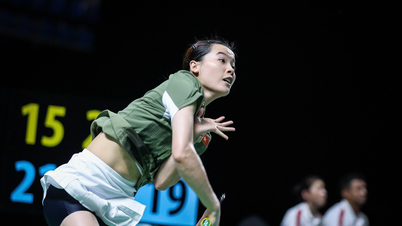















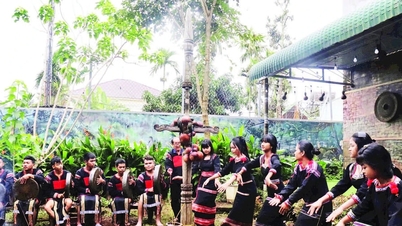

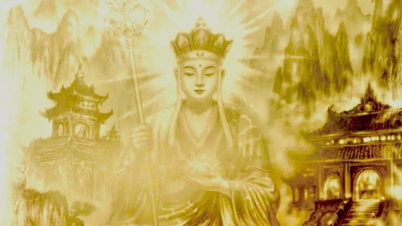















Comment (0)